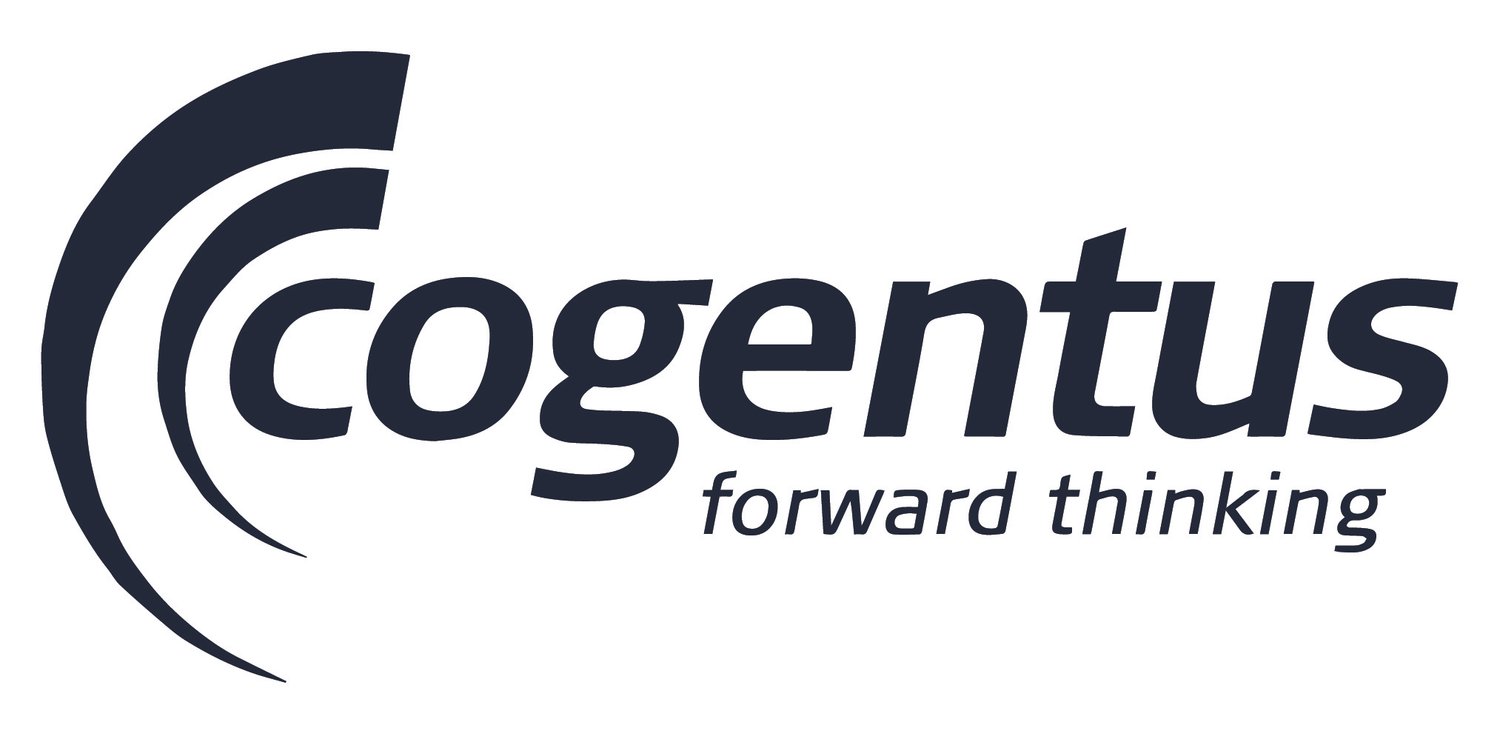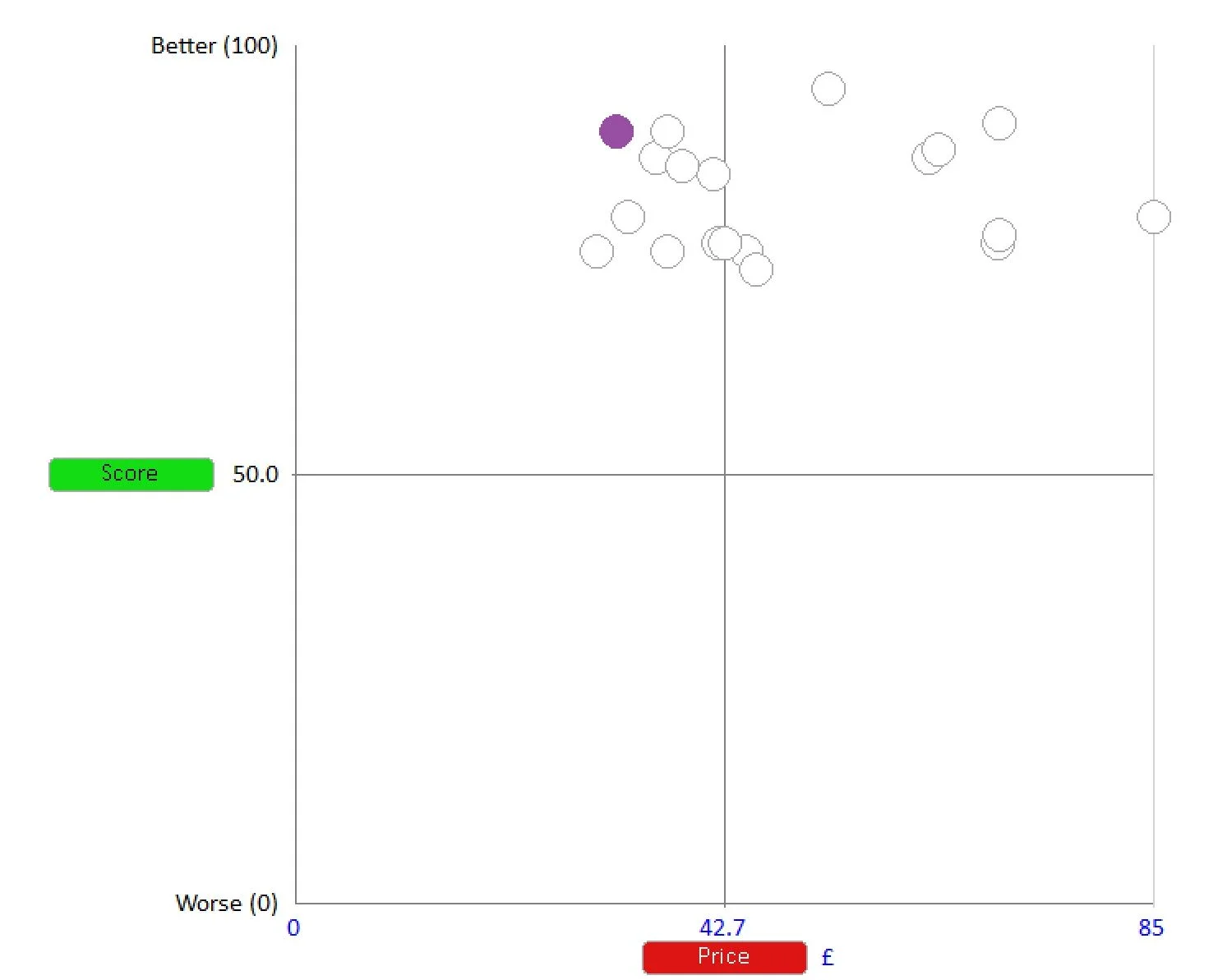I do a lot of travelling, and the Duty Free shops are full of exciting and interesting products. I am rather keen on malt whisky but which one to choose? It's a tough question and there are many books, magazines and websites devoted to the subject. I thought I would use it to illustrate some of the points to be made about evaluating alternatives. The points are as applicable to multi-million dollar projects as they are to something as personal as choosing whisky.
For my example I have taken a range of relatively common and affordable malt whiskies (at least in the UK) and found their "scores" and their "price". The scores are from Michael Jackson's Malt Whisky Companion - a book now out of print after the death of the author. He was extremely influential and knowledgeable in his field. Prices are from the World Whisky Exchange valid 21 February 2017.
"Value for Money" (VFM) means that an item/product/project is worth the money spent on it. What something is "worth" depends on the benefits perceived and can vary depending on the individual or stakeholder's own value system. VFM can be represented as benefits divided by cost (B/C ratio) or as a graph displaying benefits against costs. In this example the "Score" is the benefit and the "Price" is the cost. Smart Decisions Gold is an ideal tool for all types of evaluations and has numerous displays for carrying out high quality analysis. The display below shows the Scores vs Price. Benefits are on the y-axis and Costs are on the x-xis. The table to right shows the scores, prices and benefit to cost ratios. I've chosen to highlight the Islay malts in green, as I like their taste, and also the "best VFM whiskey" in purple. Top left has the highest benefits for the least cost.
This display is extremely useful because it allows the evaluator to consider the choices from a number of perspectives.
- "Best Value". The best value is represented by the whisky that is furthest on the top left of the graph. That is the whisky with the greatest benefit for the least cost. All other whiskies are sub-optimal. In this case, the purple dot represents the best value since it is on the frontier.
- "Maximum Cost". If you cannot afford the best value whisky you need to choose a cheaper product. In this case there is only one other choice and that will save £2 so it is a rather limited trade off! However, in a project environment, there maybe several other options that are significantly cheaper. So, even though they are not technically the "best value", they might be the "best for the funding available".
- "Minimum Benefit". If your requirements state a minimum benefit, as they often do, and the "best value" doesn't meet them, then you will have to spend more to meet the requirements. In this case, you can use the y-axis to choose the required benefit and see what whiskies fit the bill. In a project environment, minimum requirements can often be equated with "Gold Plating". and this display can help to identify alternatives that are "less good" but cheaper. Discussing these differences is a great way of optimising requirements.
- "Trading benefits for costs". This display is useful to see what whiskies are better if you spend more money. In other words, if you spend, say, 20% more will your whisky be 20% better. In this case the answer is a resounding no, but in a project environment this analysis is extremely important. Why spend more money when less is good enough. The information is used to carry out value engineering on the different options.
In conclusion, a graphical display of benefits and costs can provide insights that are next to impossible using just numbers and tables. And there's no work to do to produce - it's automatic in the software.
So, what whisky is the "best value"? Highland Park 12 years.
At £31.95 it has a score of 90.
Notes for Practitioners
- Scope. Clearly there are a great many other whiskies available that are not included in this example (as I did not have any data). There may well be another whisky that offers better value for money. This can (and does) occur in a project environment as well. Have all the options been considered? Because if they haven't the analysis may not be robust.
- Multiple Criteria. The score used by Michael Jackson is a single value. However, he did state that is is based on several factors including nose, body, palate, finish and status. There is no breakdown of their respective contribution. In a project environment, it is necessary to consider all criteria. This includes understanding how each are measured, what value mapping is applicable and how the scales compare to each other.
- Scoring. In this case, the scores are based on the opinion of one person. A real expert to be sure but you may have a different opinion. Hence, the result is strictly speaking "his best value whisky" rather than "everyone's best value". In a project environment, criteria that are based purely on opinions are not very robust - they can and do change between individuals and stakeholders and are particularly prone to Groupthink if carried out by consensus. This means the preferred solution often unravels later in the project schedule. In a project environment, there are several techniques for addressing this issue, including spending time collecting actual evidence for the scores!
- Sensitivity. In this example, the scores and prices are single point estimates. Clearly, prices can be cheaper or more expensive in different stores or there might be special offers available. Highland Park 12 years is currently only £25 at my local Sainsbury making it even better value for money! This clearly affects "best value" and it might be a different whisky next time if there are different offers. In a project environment, cost estimates will have ranges associated and these should always be considered in the analysis. Benefits scores will also have ranges and the two combined can give an indication of the likely robustness of a preferred option.
In subsequent blogs, I will cover some of these in more detail examining how to manage them and also how Smart Decisions can help you with the process of making evaluations as robust as possible.
Plug
My book "Successful Problem Solving" is now available on Amazon or from our website at a very reasonable £24.95. It is a detailed textbook (456 pg) with a significant chapter on evaluation; particularly multi-criteria analysis.


